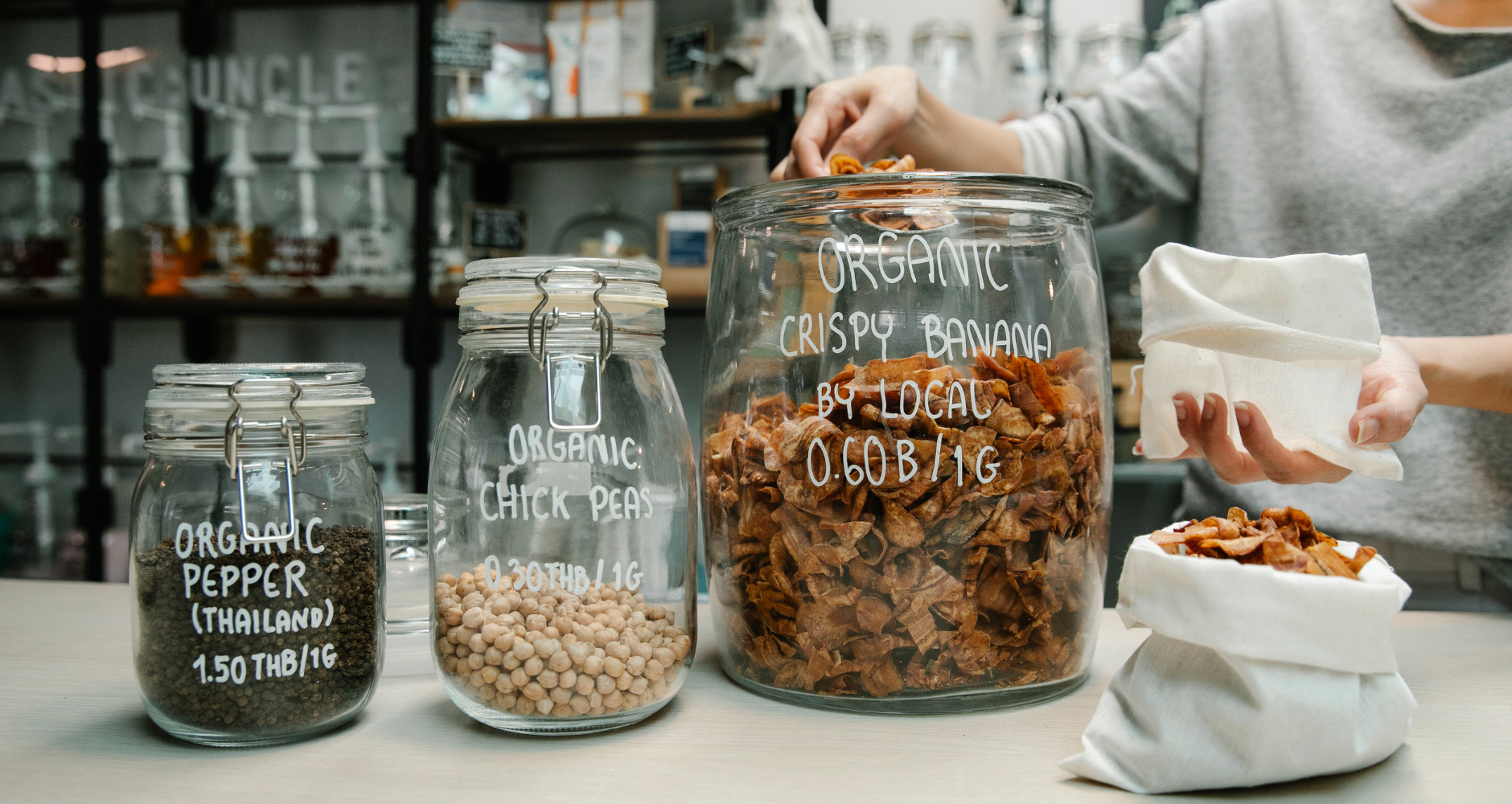What is the Circular Economy?
The circular economy is fundamentally different from the current ‘take-make-waste’ linear system that we follow. It encourages us to rethink the way we design, make, use and ‘dispose’ of things.
Currently, we extract raw materials from our earth, then use them to make products that are deemed ‘waste’ once they are no longer functional. As well as this, items are made cheaply to maximise profits; this has made it very easy for us to overconsume. ‘Why repair an old T-shirt if you can buy a new one for £1.50?’.

The circular economy
A circular economy, on the other hand, takes inspiration from nature. If an animal or plant dies and creates ‘waste’, this waste breaks down and becomes a nutrient for something else. This type of waste feeds into what is referred to as the 'biological cycle'.
Things that we use can be returned either to the biological cycle (food waste or compostable products) or the technical cycle (TVs, phones, and laptops). Although 'nature’ returns its waste to the biological cycle, humans have synthesised products that can only be returned to the technical cycle. Can you imagine a world where iPhones could compost and provide vital nutrients for our soil?
Nearly half (48%) of supermarket packaging is still not recyclable and a lot of our products are not designed to break down. This means that it’s hard for us to take a product apart once it’s broken and use the materials for a new product.
A Pringles tube, for example, is made with a mixture of different materials including cardboard, foil, a metal base, and a plastic lid. Once we’ve finished our snack, we can’t put the tube in our recycling bin as these materials are impossible to separate at local recycling facilities. Therefore, most of these tubes end up in our general waste. What were once valuable raw materials from our earth, simply end up wasting away in our environment for hundreds if not thousands of years. Unfortunately, this is the case for most of the things we make.

How can we learn from nature and incorporate the principles of a circular economy?
The circular economy is based on 3 key principles.
- Design out waste (rethink and reduce)
- Keep products and materials in use (create repairable products)
- Regenerate natural systems (return valuable materials)
Let’s design out waste (rethink and reduce)
- As individuals, we can reduce a lot of unnecessary waste in the first place, by buying less and making a conscious effort to only buy something if it’s essential.
- We should consider a product’s entire lifecycle so that when it is no longer functional, its materials can be used again and again.
- Companies are beginning to create or invest in products that have been made from 100% recycled materials instead of extracting virgin raw materials. For example, designer Bethany Williams is using old children’s books to make bookbags.
Let’s keep products and materials in use (repairable products)
- If designed effectively, repairable products can be kept in the technical cycle for a very long time.
- Items made up of parts, that are easier to take apart, are more likely to be repaired and kept in use for longer. Bicycles can be easily repaired and can therefore last multiple lifetimes if well cared for.
- A wonderful example of design for disassembly is Cork House by Matthew Barnett Howland with Dido Milne and Oliver Wilton. This sustainable, low-carbon cork house can be constructed and taken apart by hand.
Let’s regenerate natural systems (return)
- Everything we make and use will end up in our environment one way or another. So, how can the products we create regenerate our environment rather than damage it?
- All ‘waste’ materials are valuable, we just haven’t discovered their full potential yet. A circular economy can encourage us to think of exciting ways to recover and return materials effectively.
- We need to consider where things will end up once they reach the end of their useful life. When we throw something ‘away’, where is it really going?
Many businesses and individuals are already starting to incorporate the principles of a circular economy. However, we are still producing poorly-designed products and wasting valuable materials daily. Therefore, to effectively manage and recover wasted materials, we not only need to explore better alternatives, but we must create more innovative circular products for the future.

If you'd like to see more examples of companies incorporating circularity, check out the BLUEPRINT Project's circular economy solutions list.


